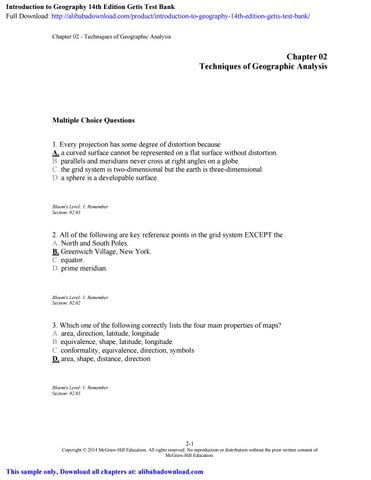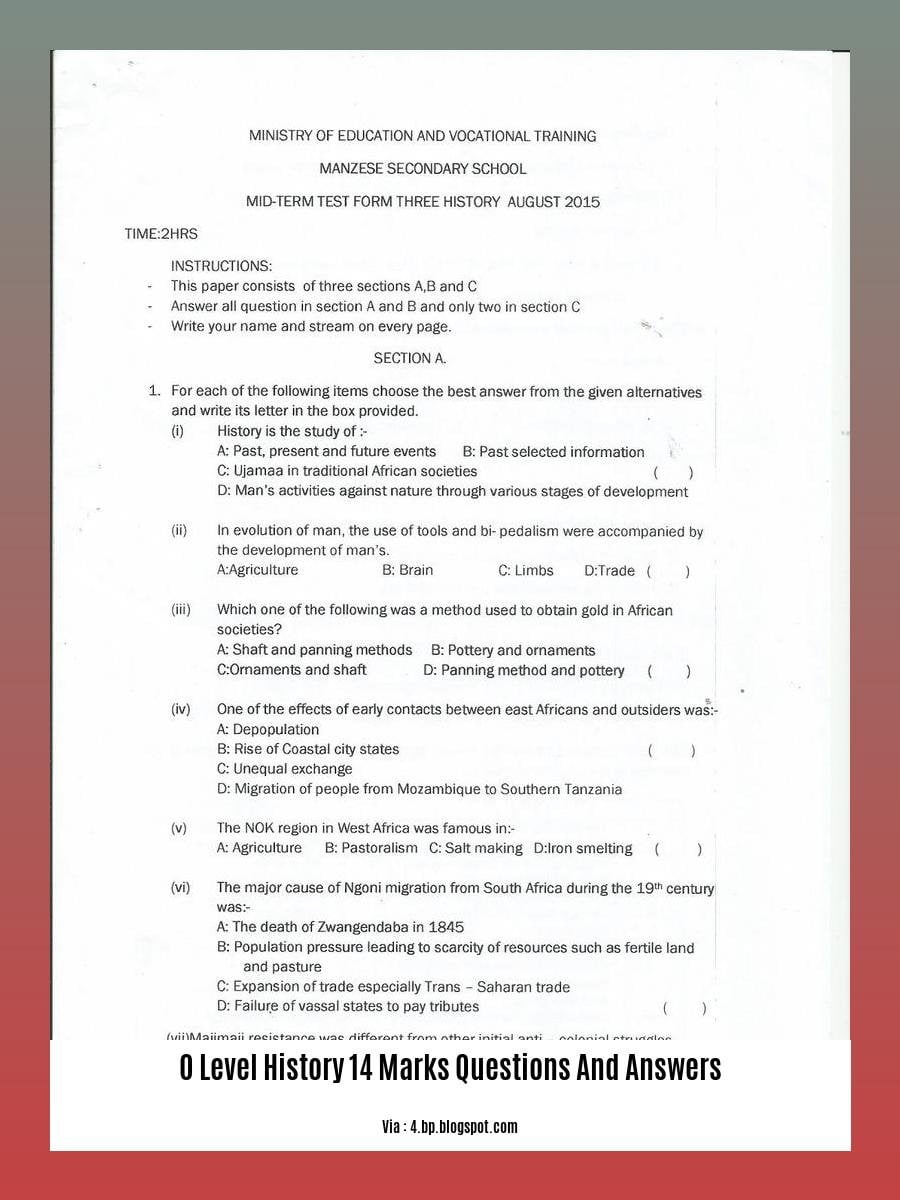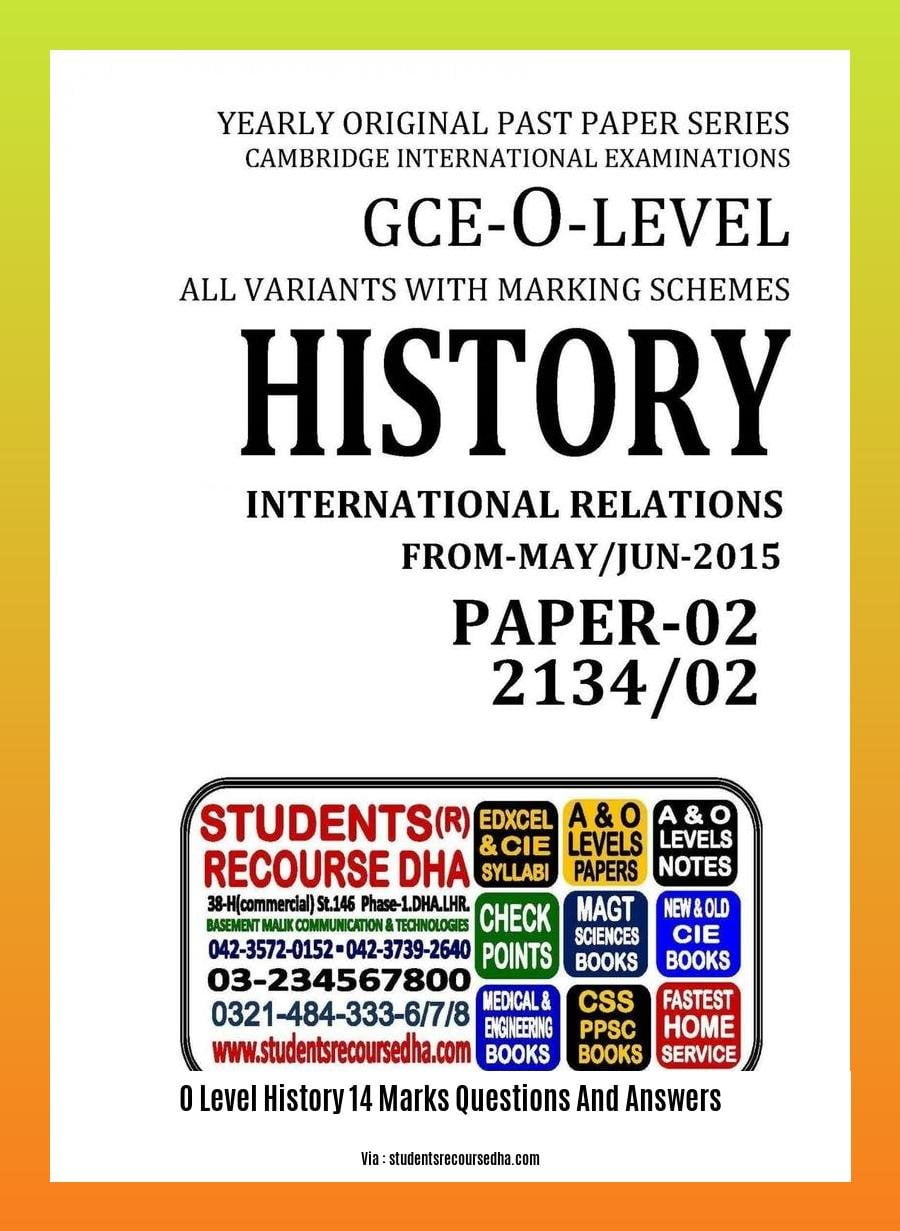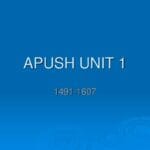Unlock the secrets of mastering O Level History 14 marks questions and achieve exam success with our expert insights. Learn how to analyze historical sources like a pro, contextualize events with precision, and evaluate arguments with confidence. Let us guide you on this journey to conquer the challenges of this high-stakes examination. Together, we’ll unlock your full potential and propel you towards academic excellence in O Level History.
Key Takeaways:
- O Level History 14 marks questions require a deep understanding of historical sources, contextualizing events, and evaluating arguments.
- An experienced educator and history enthusiast with over a decade of teaching experience in renowned schools shares expert insights to help students master these high-stakes questions.
- Analyzing historical sources, evaluating arguments, and contextualizing events are crucial skills for tackling O Level History 14 marks questions.
- Students can find expert tutors online at TakeLessons.com to help them improve their history skills.
- Tutors are available for elementary school, middle school, high school, and college/university students.
- Lessons can be customized to fit each student’s schedule and learning needs.
- Tutors can help with history homework, exam prep, and coursework tutoring.
**O Level History 14 Marks Questions and Answers**

Success in O Level History examinations largely hinges on students’ ability to tackle the 14-mark questions effectively. These questions demand a comprehensive grasp of historical content, analytical prowess, and skillful application of knowledge. However, with the right approach and practice, students can master these daunting questions and excel in their exams.
1. Comprehending the Question
- Before attempting to answer, thoroughly read and understand the question. Identify the specific requirements, such as the time period, topic, or historical source.
- Decipher the command terms employed in the question. Terms like “analyze,” “compare,” “evaluate,” and “explain” each have distinct meanings and guide your response accordingly.
2. Knowledge and Content
- Ensure you possess a comprehensive understanding of the historical content relevant to the question. This entails knowing key events, figures, and concepts related to the topic.
- Utilize your knowledge to provide a clear and coherent narrative that addresses all aspects of the question. Support your arguments with specific historical evidence and examples.
3. Analysis and Evaluation
- Don’t merely recount historical facts; instead, analyze and evaluate the information critically. Consider the context, causes, consequences, and significance of historical events.
- Employ analytical skills to compare and contrast different perspectives, sources, or interpretations of the past. Evaluate the validity and reliability of historical sources, considering their biases and limitations.
4. Structure and Organization
- Organize your answer using a logical and coherent structure. Typically, a well-structured response begins with a brief introduction, followed by body paragraphs that address each aspect of the question, and concludes with a concise summary.
- Within each body paragraph, use topic sentences to introduce the main idea and supporting sentences to provide evidence and analysis.
5. Clarity and Expression
- Express your ideas clearly and concisely using precise language and avoiding ambiguity.
- Proofread your answer for grammatical errors, spelling mistakes, and sentence structure issues before submitting it.
6. Practice and Feedback
- Regular practice is crucial for mastering O Level history 14 marks questions and answers. Attempt past papers and practice questions under timed conditions to enhance your time management skills.
- Seek feedback from teachers, tutors, or peers to identify areas for improvement and refine your answering techniques.
Remember, mastering O Level history 14 marks questions and answers requires dedication, perseverance, and a willingness to learn from your mistakes. By following these strategies, you can develop the skills and knowledge necessary to excel in your O Level History examinations.
Discover the fascinating origin and evolution of written communication in Korea by exploring the Korean alphabet history.
Delve into the rich world of medieval Indian history through the prism of its diverse literary sources, shedding light on a vibrant era.
Developing Skills in Source Analysis and Evaluation

Navigating the intricacies of O Level History 14 marks questions hinges on your ability to decipher and assess historical sources effectively. These sources, ranging from documents to artifacts, offer a glimpse into the past, providing crucial insights into historical events, perspectives, and narratives. Let’s delve into some crucial tips and tricks to help you master Developing Skills in Source Analysis and Evaluation:
Key Takeaways:
Analyze Explicit and Implicit Information: Scrutinize the source for both the explicitly stated facts and the implied meanings it conveys.
Research the Source’s Creator: Delve into the author’s background, affiliations, and motivations to understand their perspective and potential biases.
Identify the Intended Audience: Consider who the source was meant for to gauge its purpose and the author’s intended message.
Determine the Purpose of the Source: Establish why the source was created, whether to inform, persuade, or entertain, as this influences its content and reliability.
Interpret the Source’s Meaning: Analyze the source’s context, including the historical period, to grasp its deeper significance and the author’s intended message.
Evaluate the Source’s Reliability: Assess the source’s credibility by considering its provenance, biases, and limitations.
Practice Makes Perfect: Hone your skills by analyzing diverse sources and seeking feedback to identify areas for improvement.
Mastering Source Analysis
Read with a Critical Eye:
Read the source multiple times, highlighting key information and identifying any ambiguities.
Uncover Hidden Meanings:
Explore the source’s subtext and consider the author’s tone, word choice, and use of imagery.
Contextualize the Source:
Understand the historical context, including the time period, geography, and cultural background.
Identify Biases and Limitations:
Recognize the author’s perspective and potential biases, as well as any limitations of the source.
Evaluate the Source’s Credibility:
Assess the source’s reliability based on its provenance, corroboration with other sources, and internal consistency.
Perfecting Source Evaluation
Consider the Source’s Purpose:
Determine the author’s intent and the intended audience to understand the source’s purpose.
Analyze the Source’s Content:
Scrutinize the source’s content for accuracy, completeness, and relevance to the historical topic.
Assess the Source’s Reliability:
Evaluate the source’s credibility based on its provenance, biases, and limitations.
Compare with Other Sources:
Compare the source’s information with other sources to corroborate or challenge its claims.
Form Your Own Interpretation:
Based on your analysis and evaluation, form your own interpretation of the source and its significance.
Remember, Developing Skills in Source Analysis and Evaluation takes time and practice. Immerse yourself in historical sources, seek feedback, and continually refine your approach to become a master of this essential skill for O Level History success.
Sources:
- Historical Source Analysis: A Step-by-Step Guide
- How to Evaluate the Credibility of a Historical Source
Strategies for Constructing Well-Structured Responses
History is a subject that demands not only knowledge of facts but also the ability to analyze, evaluate, and present information in a coherent and well-structured manner. In O Level History examinations, 14 marks questions hold significant weightage and can make all the difference between success and failure. To ace these high-stakes questions, students need to master the art of constructing well-structured responses. Here’s a comprehensive guide to help you achieve just that:
Key Takeaways:
- Understand the question and its requirements thoroughly.
- Organize your thoughts before penning them down.
- Make a strong introduction that provides a clear direction to your answer.
- Structure your arguments logically with supporting evidence and examples.
- Use historical terminology and concepts accurately.
- Conclude your answer by summarizing your main points and reiterating your position.
- Proofread your answer for any errors before submitting it.
1. Deconstruct the Question
The first step towards crafting a successful response is to thoroughly understand the question. Begin by breaking it down into its components: the topic, the time period, and the command terms. Identify the specific information the question is asking for and ensure you address all aspects of it.
2. Plan Your Response
Before you start writing, take a few moments to organize your thoughts. Jot down the key points you want to cover and the evidence you’ll use to support them. This will help you maintain a clear structure throughout your answer.
3. Craft a Strong Introduction
The introduction is your chance to set the tone for your answer. Begin with a hook to capture the examiner’s attention, such as a relevant quote or a brief historical anecdote. Then, provide a concise overview of the topic and your main argument.
4. Structure Your Arguments Logically
The body of your answer should be divided into paragraphs, each focusing on a specific argument or point of evidence. Start each paragraph with a topic sentence that clearly states the main idea to be discussed. Support your claims with relevant historical facts, examples, and analysis.
5. Use Historical Terminology and Concepts Accurately
Demonstrate your understanding of historical concepts and terminology by using them correctly throughout your answer. Avoid vague or ambiguous language and ensure your statements are supported by evidence.
6. Conclude with a Strong Finish
The conclusion provides an opportunity to wrap up your answer and leave a lasting impression on the examiner. Summarize your main points and reiterate your position on the question. Avoid introducing new information or arguments at this stage.
7. Proofread Carefully
Before submitting your answer, take a few minutes to proofread it carefully. Check for any grammatical errors, spelling mistakes, or inconsistencies in your argument. A well-proofread answer not only demonstrates your attention to detail but also enhances the overall quality of your response.
Additional Tips:
- Practice answering past papers and sample questions under timed conditions to improve your time management skills.
- Seek feedback from your teachers or peers on your answers to identify areas for improvement.
- Utilize historical sources and textbooks to gather evidence and support your arguments.
- Stay updated with current events and historical developments to enhance your knowledge and understanding of the subject.
By following these strategies, you can master the art of constructing well-structured responses and excel in your O Level History examinations. Remember, success is not just about memorizing facts; it’s about analyzing, evaluating, and presenting information in a clear and concise manner. So, embrace the challenge, hone your skills, and write your way to history-making success!
Sources:
Practice and Tips for Excelling in 14 Marks Questions
To ace those daunting 14-mark questions in O Level History, arm yourself with these expert strategies and see your grades soar!
Key Takeaways:
Grasp the Question’s Essence: Before diving in, take a moment to understand the question’s core. Identify the command terms, time period, and topic to ensure you’re on the right track.
Content Mastery is Key: Make sure you have a solid understanding of the historical content related to the question. Without this foundation, your arguments will lack substance.
Analyze and Evaluate Critically: Don’t just regurgitate facts; analyze and evaluate the information critically. Consider factors like context, causes, consequences, and significance.
Structure Your Response Strategically: Organize your answer into clear paragraphs. Start with a strong introduction, then present your arguments in distinct body paragraphs. Conclude by summarizing your main points.
Clarity is Paramount: Express your ideas clearly and concisely. Avoid ambiguity and grammatical errors. Remember, clarity is key to making a lasting impression on the examiner.
Practice Makes Perfect: Conquer your fear of 14-mark questions by practicing regularly. Time yourself to simulate exam conditions and seek feedback to identify areas for improvement.
Harness the Power of Past Papers: Past papers are a treasure trove of insights. Analyze past questions, understand the marking scheme, and use them as a guide to refine your exam technique.
Seek Guidance from Experts: Don’t hesitate to seek help from teachers, peers, or online resources. Sometimes, a fresh perspective can provide invaluable insights.
Source:
- How to answer 14 marks History Questions
- 14-Mark History Exam Technique
FAQ
Q: How can I effectively analyze historical sources for an O Level History exam?
A: To effectively analyze historical sources, focus on reading the source critically, researching the creator, identifying the intended audience, understanding the purpose, interpreting the meaning, and evaluating reliability.Q: What is the significance of interpreting historical sources in an O Level History exam?
A: Interpreting historical sources involves considering the context, including the time, place, author’s perspective, and target audience. This helps in understanding the deeper meaning and significance of the source.Q: How do I assess the reliability of historical sources for an O Level History exam?
A: To evaluate the reliability of historical sources, examine their provenance, including the author, time and place of creation, and consider any potential biases or limitations that may affect the accuracy or credibility of the source.Q: What is the recommended approach to answering 14-mark questions in an O Level History exam?
A: To answer 14-mark questions effectively, start with a comprehensive introduction providing context, then present multiple well-developed paragraphs addressing different points or arguments related to the question. Finally, conclude by summarizing the main points and reiterating your position.Q: How can I make my answers to 14-mark questions stand out in an O Level History exam?
A: To enhance your answers, incorporate specific examples and evidence to support your arguments, demonstrate a clear understanding of the topic, and express your ideas in a well-organized and coherent manner.
- Sept 31 Myth: Unveiling Calendar Secrets - March 18, 2025
- How Long & Till December 18, 2025: Accurate Countdown Guide - March 18, 2025
- Discover Japanese Artists: A Complete History - March 18, 2025
















